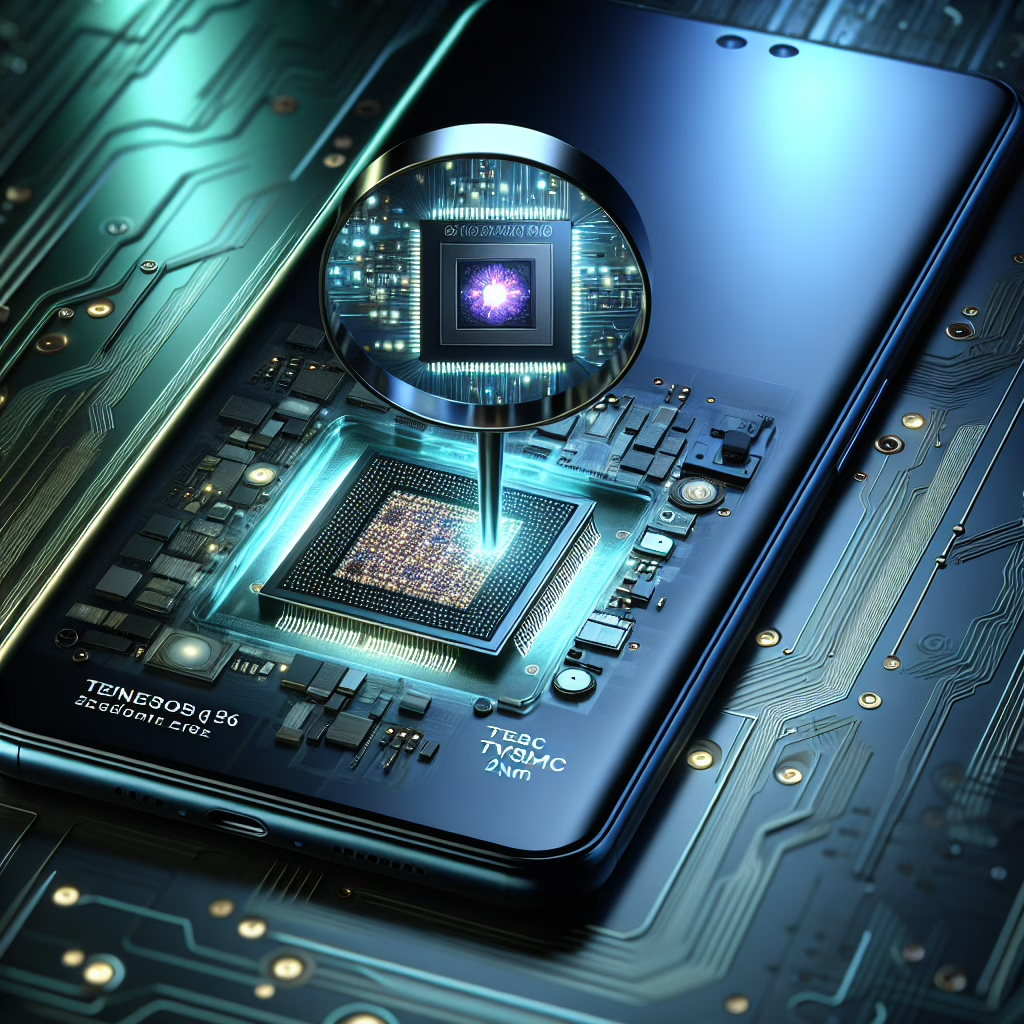Welcome to the future of mobile technology, where Google Tensor G6 and TSMC’s 2nm chip process are set to redefine what we think is possible! In a world where our smartphones seem to have a mind of their own, Google has decided to flex its technological muscles and give us a sneak peek into the next generation of mobile processors. Spoiler alert: it’s going to be fast!
What Makes Google Tensor G6 So Special?
The Google Tensor G6 is not just another chip; it’s like the superhero of mobile processors. With its advanced 2nm fabrication process from TSMC, this chip promises improved performance and efficiency. Imagine your phone being able to run all those apps you downloaded during last year’s binge-watching spree without breaking a sweat! The magic lies in how these chips are designed—smaller transistors mean better performance and lower power consumption. Some of the notable improvements include:
- Enhanced graphics processing for games and apps.
- Faster AI inference capabilities for real-time responses.
- Reduced power usage, extending battery life.
The Marvel of TSMC’s 2nm Technology
So, what’s the deal with TSMC’s 2nm technology? Well, it’s like upgrading from a bicycle to a rocket ship! This process allows for an incredible density of transistors, which leads to faster processing speeds. If you thought your old smartphone was fast, wait until you see what the Tensor G6 can do. We’re talking about lightning-fast loading times, smoother multitasking, and maybe even a phone that can predict your next snack craving (okay, maybe not that last part, but we can dream!).
With each new generation of chips, manufacturers face the challenge of not just keeping up with demand but also ensuring they maintain performance without draining your battery faster than you can say “quick charge.” Thanks to TSMC’s 2nm process, the Google Tensor G6 aims to strike that perfect balance. This makes it a crucial ingredient for the mobile landscape of the future.
The Future is Bright (and Efficient)
The benefits of the Google Tensor G6 don’t stop at speed. Efficiency is key! With this new chip technology, we can expect devices that stay cool under pressure. No more phones overheating during those important video calls or while gaming through the latest mobile sensations. Plus, better energy efficiency means longer battery life—yes, please!
AI and Machine Learning Powering Your Phone
Now, let’s talk about the brains behind the operation. The Tensor G6 isn’t just a speed demon; it’s also highly intelligent. With integrated AI capabilities, this chip will likely take your smartphone experience to a whole new level. Think about it: smarter cameras that can recognize faces in real-time, voice assistants that actually understand you (most of the time), and maybe even an app that helps you stay organized by predicting your schedule. Who needs a personal assistant when your phone can do it all?
A Peek into Production and Availability
You might be wondering when we’ll get our hands on devices featuring the Google Tensor G6 and TSMC’s 2nm wonder. While exact release dates are still shrouded in mystery (cue dramatic music), we can safely bet that tech enthusiasts will see these chips making their way into smartphones by late 2025. So keep your eyes peeled and wallets ready because these devices are going to fly off the shelves!
Final Thoughts on Google Tensor G6 and TSMC’s 2nm Process
The buzz around the Google Tensor G6 and TSMC’s 2nm technology is palpable—like waiting for the next season of your favorite show! This chip represents a significant leap forward in mobile computing, promising not only enhanced performance but also smarter functionalities that will make our lives easier. As we continue to embrace technology in our daily lives, innovations like these remind us that the future is bright—and incredibly fast.
What do you think about Google’s latest technological advancements? Are you excited about the potential of the Google Tensor G6? Share your thoughts in the comments below!
A special thank you to 9to5Google for providing insights on this topic! For more on Google Earth’s technological advancements, check out our article on historical Street View captures and its impact on time travel from the street level.

